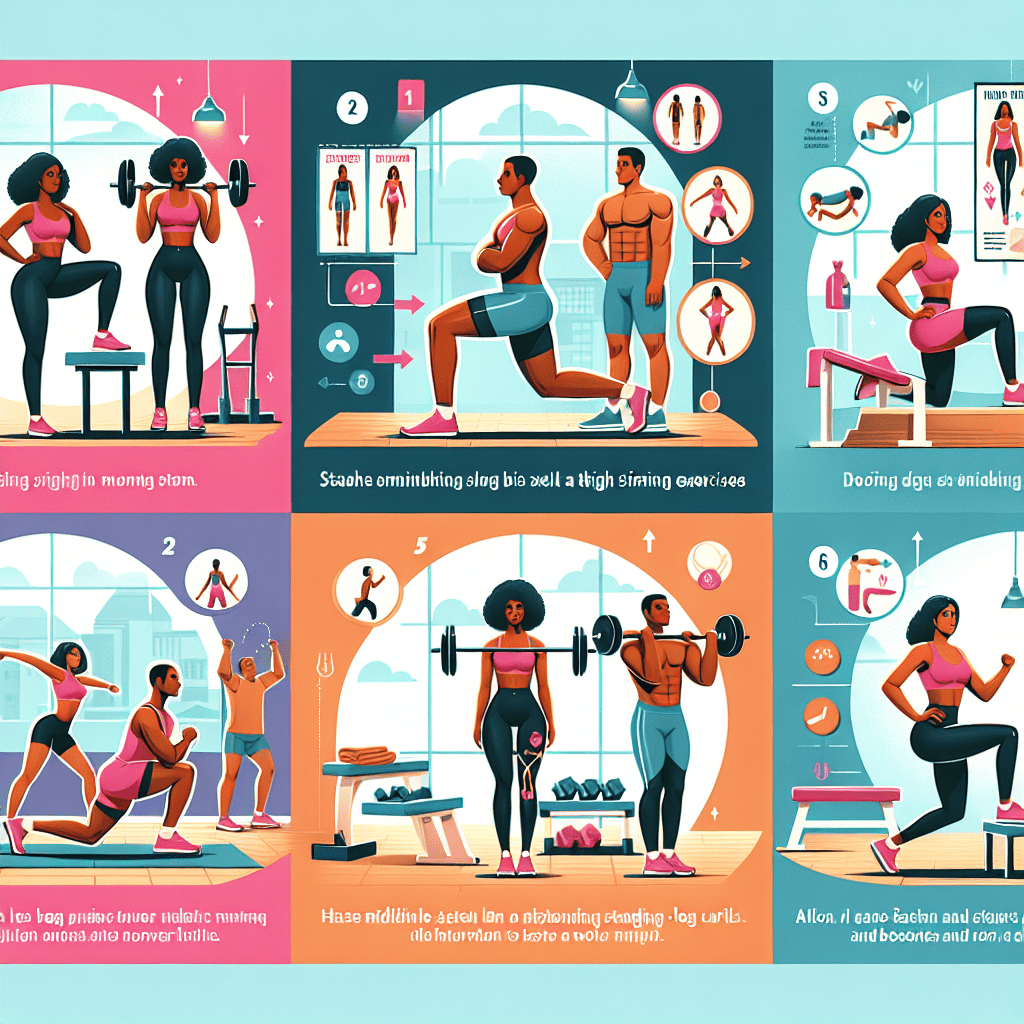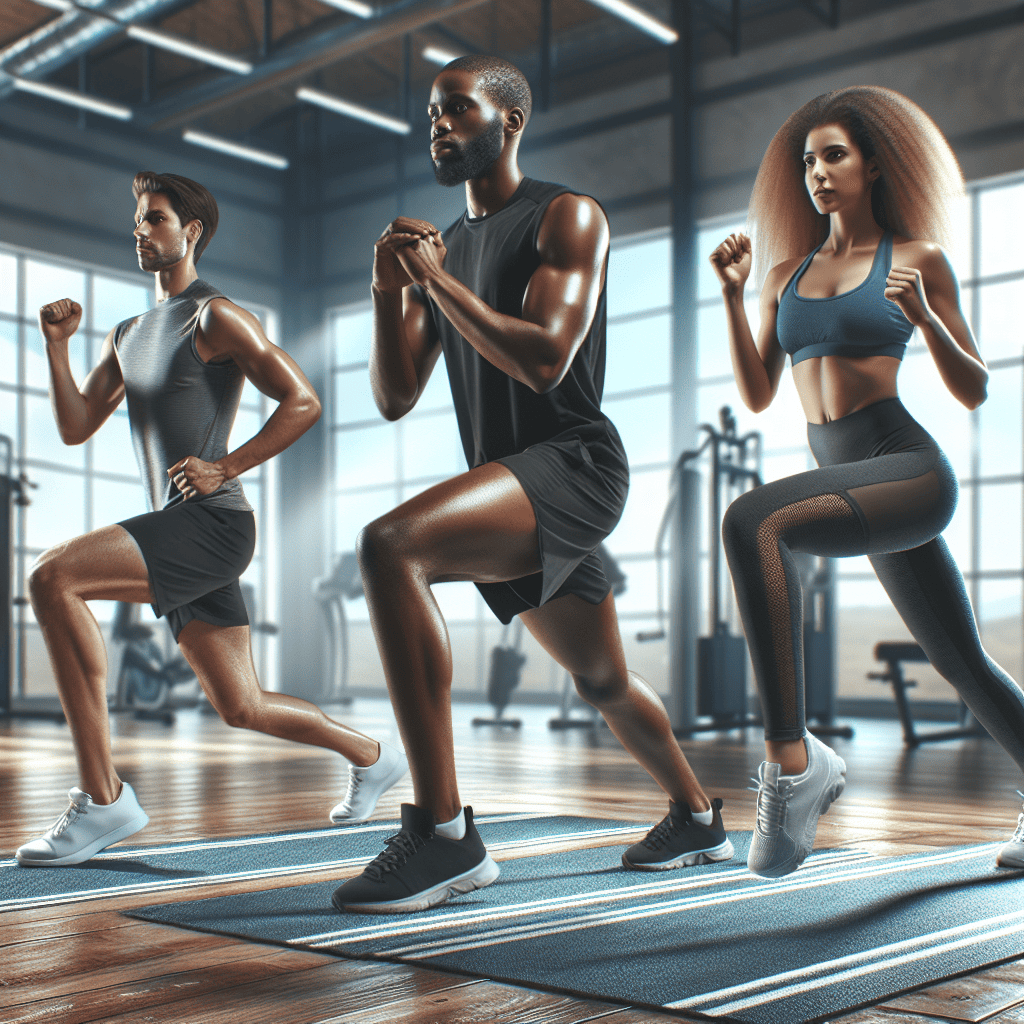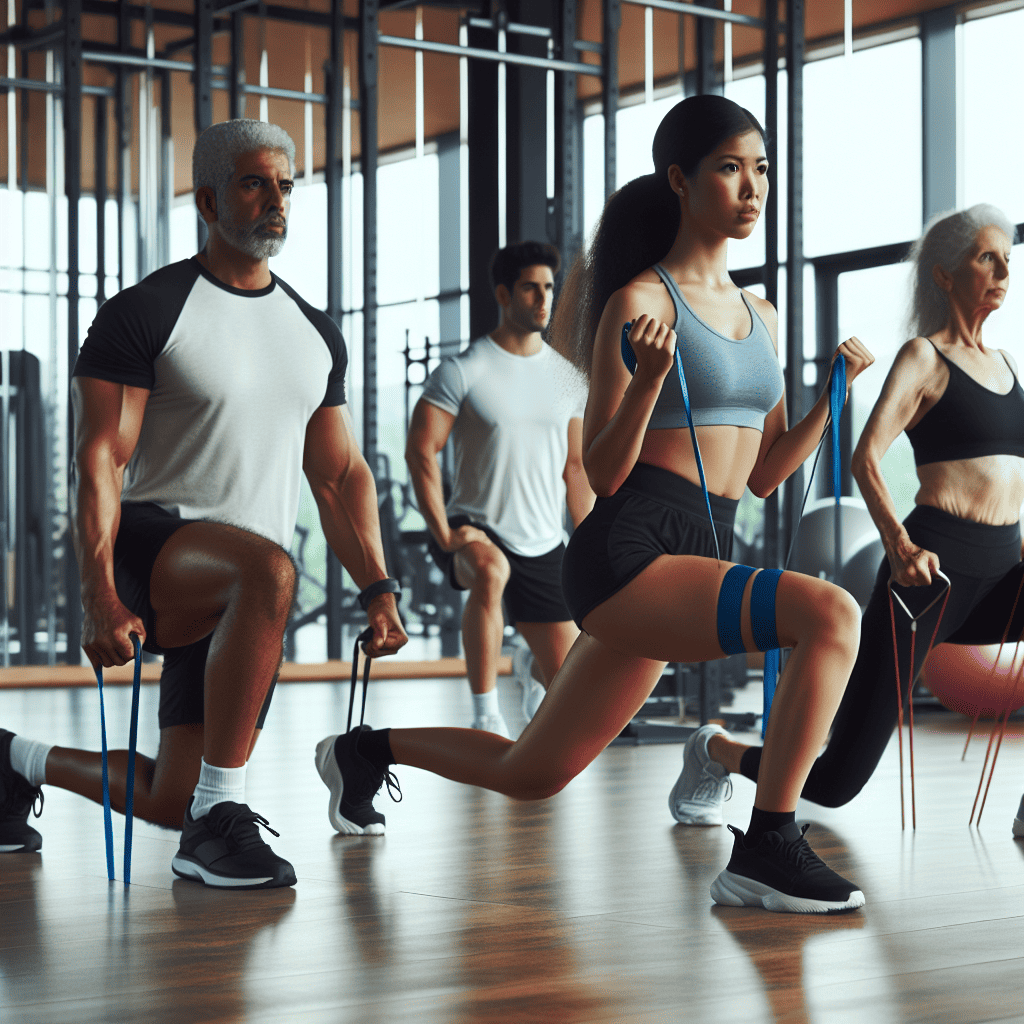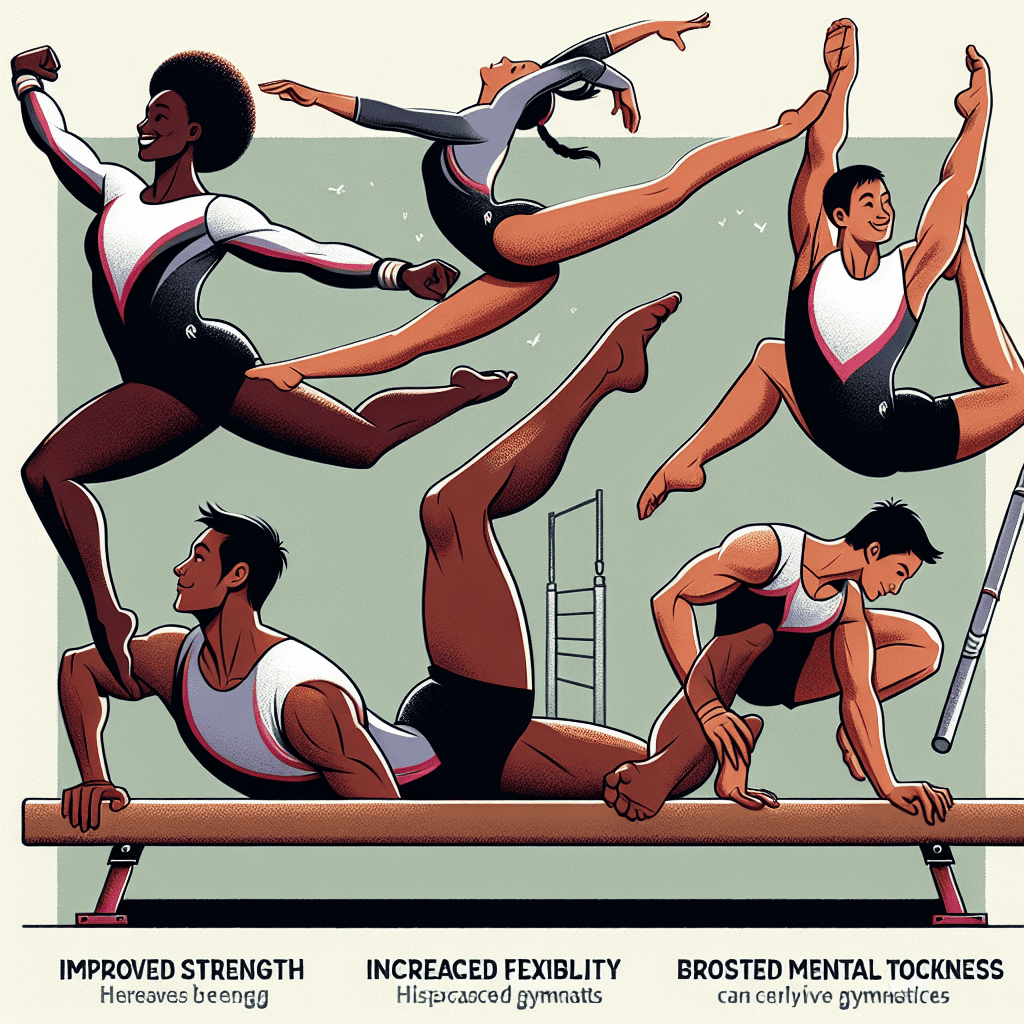Introduction: Exercise is crucial for maintaining overall health and plays a significant role in improving fitness while reducing the risk of chronic diseases. This blog post focuses on thigh slimming exercises, exploring aerobic and resistance exercises for strengthening and toning the thighs.
Table of Contents
Exercise Types
Understanding various exercise types is essential for creating a well-rounded fitness routine that caters to different aspects of physical health.
- Aerobic exercises:
Aerobic exercises are essential for improving cardiovascular health and overall fitness. They work by increasing the heart rate and breathing rate, which helps to improve the efficiency of the heart and lungs. Regular participation in aerobic exercises strengthens the heart muscle, improves circulation, and can help to lower blood pressure. These exercises also aid in increasing the body’s overall endurance by improving the body’s ability to use oxygen efficiently.
Walking is a popular form of aerobic exercise as it is low-impact, can be done almost anywhere, and is suitable for people of all fitness levels. It is a great way to incorporate physical activity into daily life and can help in maintaining a healthy weight. Swimming is another excellent aerobic exercise that provides a full-body workout. It is gentle on the joints, making it suitable for individuals with joint pain or arthritis. Cycling is a fantastic way to improve cardiovascular health while also strengthening the leg muscles. Whether indoors on a stationary bike or outdoors on a road or trail, cycling is an enjoyable way to get the heart pumping and boost endurance.
Incorporating a variety of aerobic exercises into a fitness routine can help to prevent boredom and ensure all muscle groups are worked. It is recommended to engage in at least 150 minutes of moderate-intensity aerobic exercise per week to maintain good health. Additionally, incorporating strength training exercises alongside aerobic workouts can provide a well-rounded fitness program. Before starting any new exercise routine, it is important to consult with a healthcare provider, especially for individuals with underlying health conditions. By making aerobic exercises a regular part of a lifestyle, individuals can reap the numerous health benefits and enjoy improved overall well-being.
- Strength exercises:
Strength exercises are a form of physical activity designed to target specific muscle groups and enhance their strength. These exercises typically involve activities like weight lifting, resistance training, and bodyweight exercises such as push-ups and squats. By repeatedly working these muscles against resistance, whether it’s from dumbbells, resistance bands, or one’s body weight, individuals can stimulate muscle fibers to grow and become stronger. As a result, strength exercises not only help in increasing muscle mass but also in toning the body by reducing body fat and shaping the muscles for a more defined appearance.
Engaging in regular strength exercises offers numerous benefits beyond just physical appearance. It plays a significant role in improving overall health and quality of life. Strengthening muscles not only enhances physical performance but also contributes to better posture, balance, and stability. Strong muscles are essential for performing daily tasks with ease and preventing injuries by providing better support to joints. Moreover, muscle tissue is more metabolically active than fat tissue, so building muscle through strength exercises can boost metabolism and help in burning more calories even at rest.
Incorporating a variety of strength exercises into a fitness routine is crucial to ensure that all major muscle groups are targeted and developed evenly. Proper technique and form are essential to prevent injuries and maximize the effectiveness of the exercises. It’s important to gradually increase the intensity and resistance as muscles adapt and grow stronger over time. Additionally, allowing adequate rest and recovery between strength training sessions is vital to prevent overtraining and allow muscles to repair and rebuild, leading to continued progress and improvement in muscle strength and tone.
- Balance exercises:
Balance exercises are crucial for improving stability and coordination, making everyday activities like walking or climbing stairs easier and safer. By challenging and strengthening the muscles in the legs, core, and ankles, individuals can enhance their ability to maintain balance in various situations. This is particularly important for older adults who may be at a higher risk of falls due to factors like decreased muscle mass and slower reaction times.
One common balance exercise is standing on one foot, which requires engagement of the core muscles to help stabilize the body. This simple yet effective exercise can be practiced anywhere and is accessible to people of all fitness levels. Additionally, yoga poses such as Tree Pose or Warrior III are excellent for improving balance, flexibility, and focus. These poses not only target specific muscle groups but also challenge individuals to concentrate and find their center of gravity, leading to better overall balance and body awareness.
Regularly incorporating balance exercises into a fitness routine can have long-lasting benefits beyond just preventing falls. Improved balance can translate to better posture, reduced risk of injuries, and enhanced athletic performance in activities like running or playing sports. It can also boost confidence and independence in daily tasks, ultimately contributing to a higher quality of life. Whether done as part of a structured workout program or integrated into daily activities like brushing teeth or washing dishes, balance exercises are a valuable component of any fitness regimen.
- Flexibility exercises:
Flexibility exercises play a vital role in maintaining muscle stretch and range of motion, which are essential for overall mobility and injury prevention. When muscles are flexible, it allows for a greater range of motion in the joints, making everyday movements easier and reducing the risk of strains or tears in the muscles. Additionally, flexibility exercises can help improve posture and body alignment, leading to better balance and coordination.
Yoga is one of the most popular forms of exercise that promotes flexibility. The various poses and stretches in yoga help lengthen and stretch muscles, improving flexibility over time. Practicing yoga regularly can also help increase blood flow to the muscles, which can aid in muscle recovery and reduce muscle soreness. In addition to physical benefits, yoga is known to have a calming effect on the mind, reducing stress and promoting relaxation. This mind-body connection can contribute to overall well-being and a sense of mental clarity.
Incorporating flexibility exercises, such as yoga, into a regular fitness routine can have numerous benefits beyond just physical flexibility. Improved flexibility can enhance athletic performance by increasing efficiency in movement and reducing the risk of injury during physical activities. Flexibility exercises can also help alleviate muscle tightness and improve joint health, which can be especially beneficial for individuals with conditions like arthritis. Overall, dedicating time to focus on flexibility can lead to better overall health and well-being, making it an essential component of a balanced fitness regimen.
Thigh Slimming
The thigh area is a common concern for many individuals, especially women. Understanding the importance of thigh slimming and dispelling myths about spot reduction is crucial for achieving toned thighs.
- Key Points:
Targeting weight loss in specific areas, such as the thighs, can be a common goal for many individuals. While spot reduction, the concept of losing fat in a specific area through targeted exercises, is a popular belief, it is important to note that overall weight loss plays a crucial role. When a person engages in activities that promote weight loss, such as a combination of healthy eating, cardiovascular exercises, and strength training, the body will burn fat from different areas, including the thighs. By adopting a holistic approach to fitness and health, individuals can achieve better and more sustainable results.
In addition to focusing on overall weight loss, it is important to understand that genetics and body composition also play a role in how and where fat is stored and lost. Some individuals may naturally carry more fat in certain areas, like the thighs, which can make it seem challenging to slim down that specific area. However, by staying consistent with a well-rounded fitness routine that includes both cardio and strength training, individuals can reduce overall body fat percentage, leading to a slimming effect in areas like the thighs. Combining targeted exercises, like squats and lunges, with a balanced diet and regular physical activity can help tone the muscles in the thighs and contribute to a more sculpted appearance.
Furthermore, prioritizing holistic fitness and health goes beyond just physical appearance. By embracing a comprehensive approach that includes proper nutrition, regular exercise, stress management, and adequate rest, individuals can enhance their overall well-being. This not only supports weight loss goals but also promotes longevity, mental health, and overall quality of life. Rather than solely focusing on slimming specific areas like the thighs, taking care of the body as a whole can lead to sustainable results and a healthier lifestyle in the long run.
Thigh Slimming Exercises
Aerobic and resistance exercises are key components in achieving toned and strengthened thighs. By incorporating these exercises into your fitness routine, you can target the thigh area effectively.
- Aerobic exercises for Thigh Slimming:
Engaging in aerobic activities such as running, jogging, and fast walking can have a multitude of benefits beyond just improving cardiovascular health. These activities also contribute to toning and strengthening the muscles in the thighs and legs. When you run or jog, the muscles in your lower body, including the quadriceps, hamstrings, and calves, are actively engaged in the movement. This continuous muscle contraction and extension help to build muscle strength and endurance over time.
Additionally, aerobic exercises like running and fast walking are excellent for enhancing overall lower body muscle tone. As these activities involve dynamic movements that target various muscle groups in the thighs and legs, they aid in sculpting and toning the muscles. Regular participation in these activities can lead to more defined muscles and a firmer appearance in the thighs and legs. Moreover, consistent aerobic exercise can also help in reducing excess fat in these areas, further accentuating muscle definition and tone.
Moreover, incorporating aerobic activities into your exercise routine can have a positive impact on your overall fitness level. In addition to improving cardiovascular health and strengthening leg muscles, running, jogging, and fast walking can also help in burning calories and promoting weight loss. These activities increase your heart rate and boost your metabolism, facilitating calorie burn both during and after your workout. By incorporating these aerobic exercises into your routine, you can effectively manage your weight, improve your endurance, and enhance the overall quality of your physical fitness.
- Resistance exercises for Thigh Slimming:
Contrary to common misconceptions, resistance exercises such as lunges, ball raises, and jump squats can play a vital role in achieving slimmer thighs and building muscle strength without excessive growth. These exercises primarily target the muscles in the thighs, such as the quadriceps, hamstrings, and glutes. By engaging in resistance training, individuals can tone and define these muscles, leading to a more sculpted appearance. Additionally, resistance exercises help increase muscle endurance, allowing individuals to perform daily activities with greater ease and efficiency.
Incorporating resistance exercises into a workout routine not only enhances the overall muscular strength but also boosts metabolism. Muscle tissue is metabolically active, meaning that the more muscle mass one has, the more calories they burn at rest. By including exercises like lunges and jump squats, individuals can promote fat loss in the thighs while simultaneously developing lean muscle mass. This process can contribute to a more balanced and toned physique. Moreover, resistance training can help improve bone density, joint stability, and overall mobility, promoting better physical health and reducing the risk of injuries.
Furthermore, engaging in resistance exercises can lead to long-term benefits beyond just physical appearance. Regular participation in strength training has been linked to improved mental health, increased energy levels, and better sleep patterns. The sense of accomplishment and empowerment that comes from progressing in resistance exercises can significantly boost self-esteem and confidence. As individuals witness the positive changes in their strength and endurance, they are likely to feel more motivated to maintain a healthy and active lifestyle. Therefore, incorporating lunges, ball raises, and jump squats into a well-rounded fitness regimen can facilitate both physical and mental well-being.




